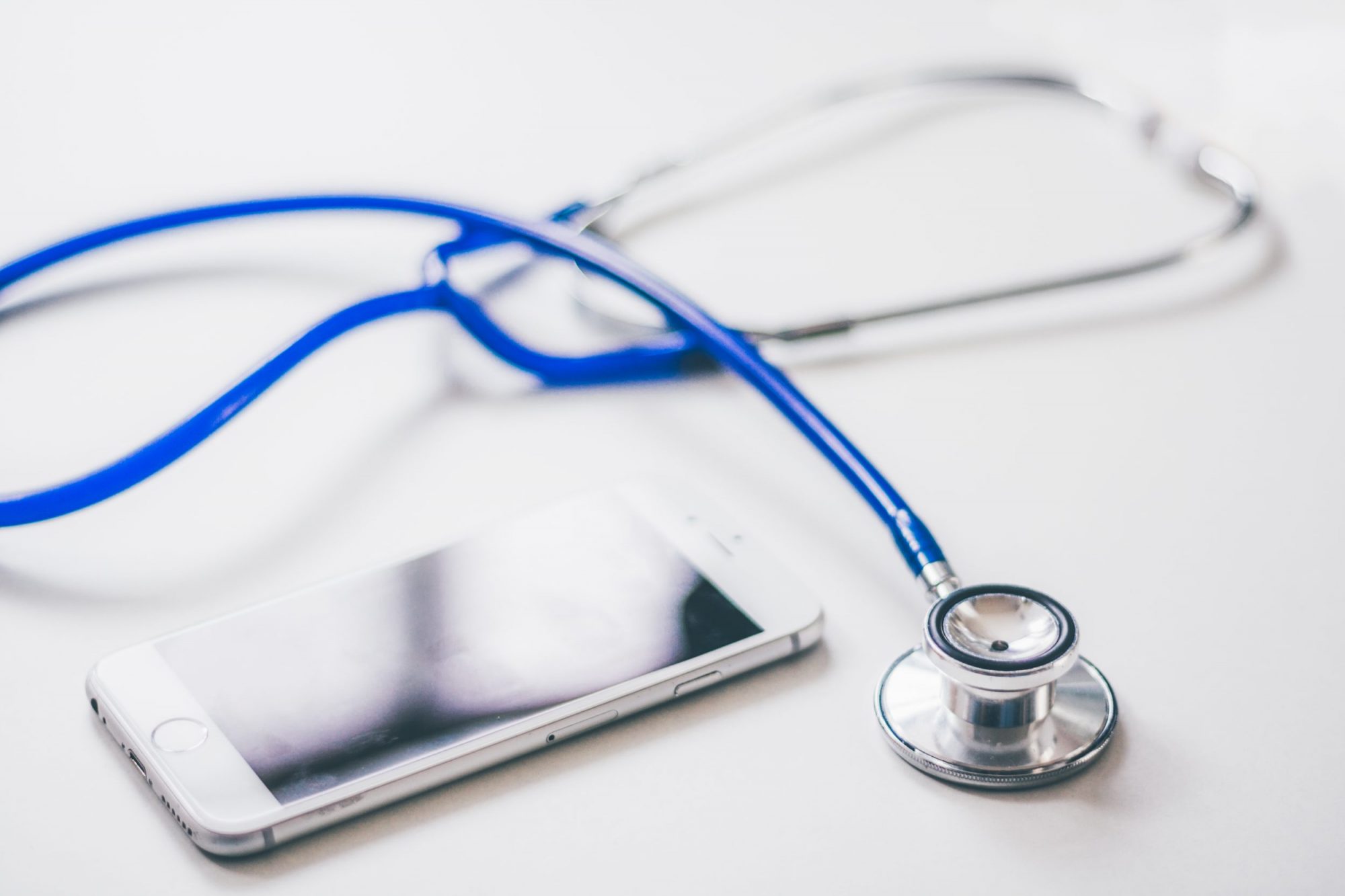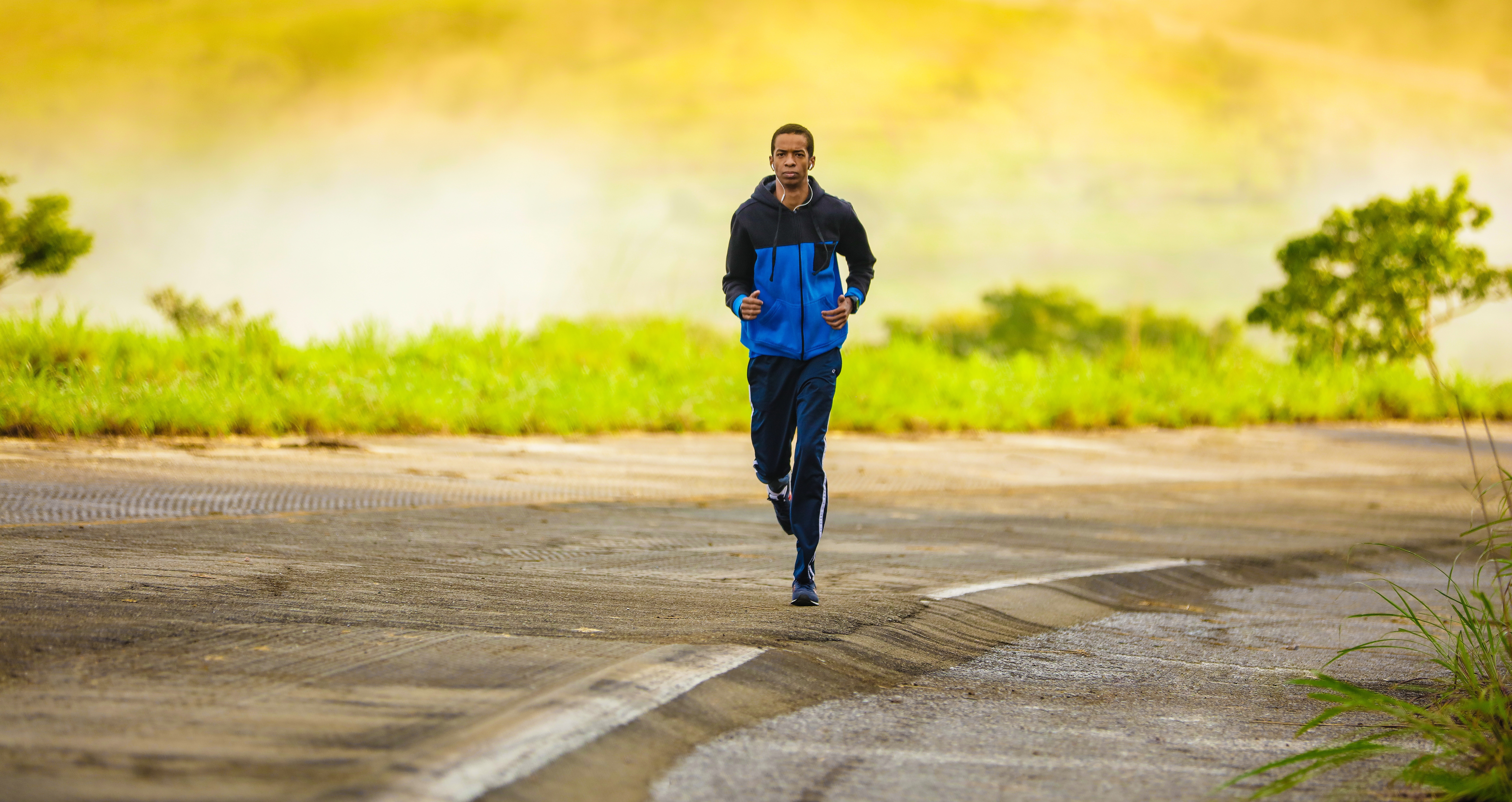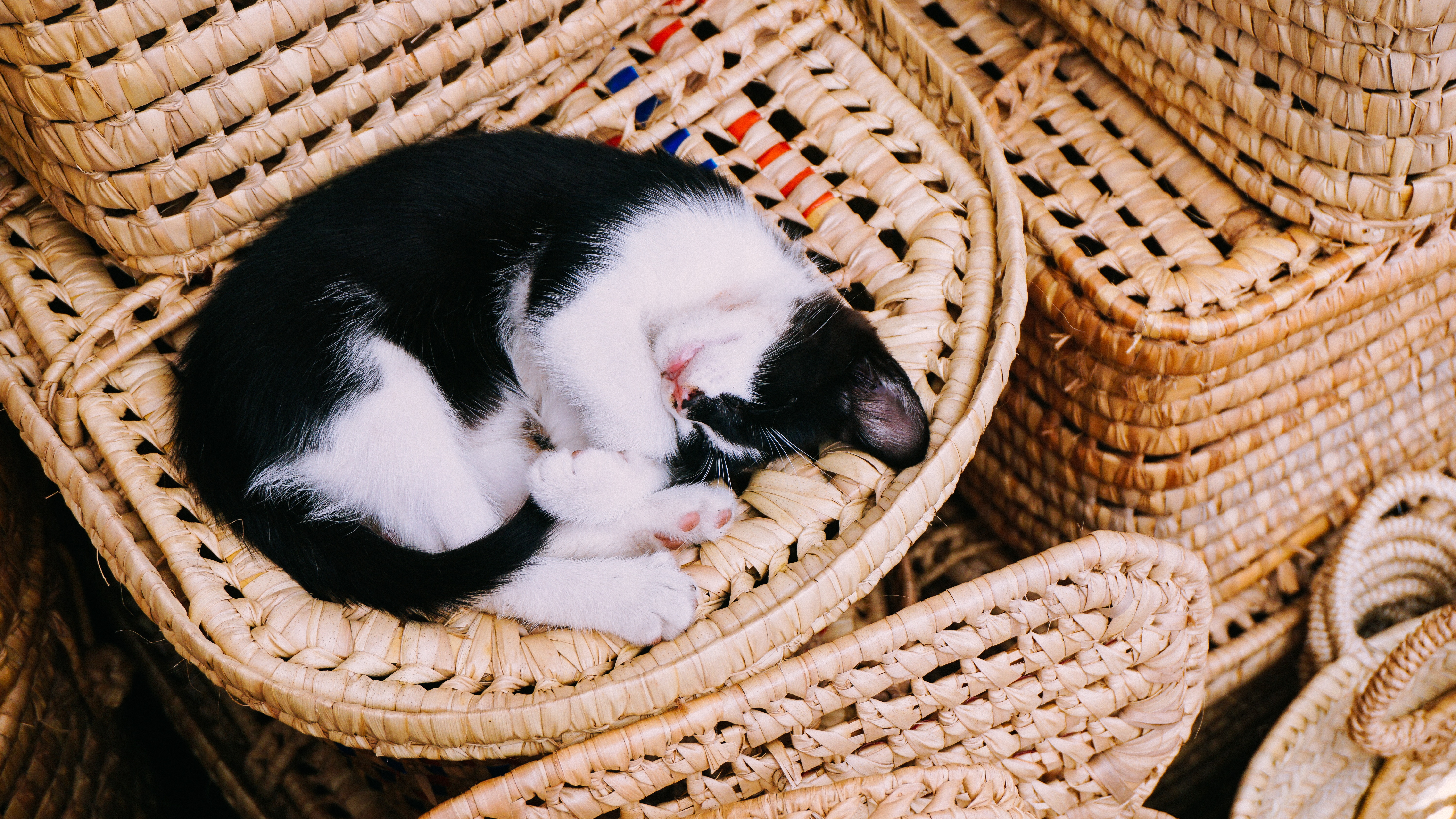As a behavioral scientist working with digital health data, I often get asked, “I have been tracking my health data on my smartwatch for the past 2 years; what do I do with all this information now?” This question is at the core of my research and the “Data for Good” principle- maximizing the value of the data generated through our mobile devices and wearables, sometimes also called our “digital biomarkers”, to gain insights into our health. These data are providing unprecedented access to our personal health and therefore can be a valuable source for self-management (1,2); help monitor personally relevant health outcomes and modify our behaviors as necessary.
Don’t know where to start? Here are some ideas for you from the following sleep and activity specialists Rebecca Robbins of Harvard University Medical Center, Rick Richey of Recover, and myself, Ipek Ensari of Columbia University Data Science Institute. I am excited to share with you some of the helpful ideas for actionable health tracking we discussed at the latest Google Health Panel, moderated by Ruthie Nachmany of Rest, last December. So if you are confused about what to do with your 10,000 steps a day or how many hours of sleep per night is ideal, this article is for you:
1. Consider your 24-hour activity cycle:
First, you need to consider sleep and physical activity (or lack of it) together as parts of the entire 24-hour cycle. Intuitively, when you are not engaging in one activity, you are by default engaging in the other and they influence each other in a complementary fashion. For example, current research(3) suggests that engaging in regular physical activity of at least 150 mins/week of moderate intensity improves your ability to fall asleep and stay asleep. However, if you are sleep deprived, you are more likely to skip exercising and reduce your activity level. So how do you start on getting insight on yourself?
As a simple example, you could start tracking your daily moderate-to-vigorous intensity exercise and sleep duration. How do you gauge intensity? A brisk walk (about 100 steps/minute) is considered moderate intensity while vigorous intensity would start somewhere around jogging or light running (you can only say a few words during this intensity). This tracking functionality is available in various activity trackers and smartphone applications that are free or may come built-in with the smartphone. Pick factors that you are interested in finding out more about with respect to your health and well-being. The key here is to be consistent in your tracking so that you have enough information on yourself to be able to see patterns over time. If you can maintain a curious, exploratory approach instead of stressing yourself over your data, you can also take it one step further and export your data to visualize it, which gives you more flexibility for inspecting patterns.
2. Select the right metrics to track:
How do you find the right “prescription” to improve your health and well-being – for example, finding the right physical activity level to reduce anxiety and improve your sleep quality? Traditional research relies on generalized conclusions based on group averages; this reduces outlier effects and provides a big picture. However, these group-level insights alone might not work for you as an individual. By combining these group-level insights with data on yourself, you can begin to customize scientific findings to suit your personal health.
For example, findings(4) from our research group suggests that at about 15 minutes of moderate-intensity aerobic exercise is effective for reducing acute anxiety. You can further personalize this by measuring your response to different forms of exercise by tracking your steps or the intensity and time of other activities. For example, early evidence(5) suggests that yoga and non-yoga type stretching alike can reduce your cognitive anxiety.
Speaking of activities, let’s briefly touch upon the 10,000 steps/day myth.(6) There is nothing magical about this number and has no empirical basis. A good range to go by if you prefer to measure steps instead of intensity is 7,100-11,000 steps/day, which has been estimated(7) to translate to getting in at least 150 minutes of at least moderate intensity activity/week above and beyond your usual activity levels. You can take this approach for other health habits, such as improving your sleep health.
3. Sleep health and wellness:
This is a better term than “sleep hygiene”, as suggested by Dr. Robbins of Sleep for Success, and describes the habits and day-to-day practices that are necessary to have normal, high-quality sleep. You can read on the sleep myths she investigated(8) with her team; here I will discuss one of the most common myths, that many adults need only 5 hours or less of sleep for general health, or that our brain and body can learn to function just as well with less sleep.
Once again, think magic range, not magic number; 7-9 hours of sleep per night is the recommended range,(8) but some people report fewer hours of sleep to feel rested enough to function well throughout the day. However, just because your friend claims that they do well on 5 hours of sleep, doesn’t mean you will also do well with that amount. Maybe you need 9 hours of sleep, and this is fine. Same with bedtime routines; having one that works specifically for you is key. While some generally recommended approaches(9) include taking a warm shower or bath, reading a book, or light stretches instead of vigorous activity, you might also hear that one friend who swears by going to the gym late at night and sleeping well afterwards. It is important to remember that you are unique and so are your individual needs. A good way to supplement your wearable data, if you choose to experiment, is to use a self-report measure; for example, track how refreshed you feel on a scale of 1-10 upon waking up and in the afternoon around 3pm. This applies to both sleep and physical activity related variables that your wearable can compute. I suggest this sort of journaling because 1) self-reported measures are valuable for getting a good sense of your quality of life, and 2) wearables and sensors may not always be fully accurate.(10)
Mobile health technology can be a helpful guide (but not the absolute truth)(10) for monitoring your health and experimenting with various self-management techniques. As you discover more about yourself through your data, and what your digital biomarkers say about your health, the more informed you can be to manage your health. Here is to a happy 2020 full of good sleep and adequate activity!
References:
1. Anderson K, Burford O, Emmerton L. Mobile Health Apps to Facilitate Self-Care: A Qualitative Study of User Experiences. PLOS ONE 2016;11(5):e0156164. doi: 10.1371/journal.pone.0156164
2. McKillop M, Voigt N, Schnall R, et al. Exploring self-tracking as a participatory research activity among women with endometriosis. J Participat Med 2016;8:e17.
3. Hartescu I, Morgan K, Stevinson CD. Increased physical activity improves sleep and mood outcomes in inactive people with insomnia: a randomized controlled trial. J Sleep Res 2015;24(5):526-34. doi: 10.1111/jsr.12297 [published Online First: 2015/04/24]
4. Ensari I, Greenlee TA, Motl RW, et al. Meta‐analysis of acute exercise effects on state anxiety: an update of randomized controlled trials over the past 25 years. Depression and anxiety 2015;32(8):624-34.
5. Ensari I, Petruzzello SJ, Motl RW. The effects of acute yoga on anxiety symptoms in response to a carbon dioxide inhalation task in women. Complementary therapies in medicine 2019;47:102230.
6. https://www.theatlantic.com/health/archive/2019/05/10000-steps-rule/590785/
7. Tudor-Locke C, Craig CL, Brown WJ, et al. How many steps/day are enough? For adults. Int J Behav Nutr Phys Act. 2011;8:79. doi:10.1186/1479-5868-8-79
8. Robbins R, Grandner MA, Buxton OM, et al. Sleep myths: an expert-led study to identify false beliefs about sleep that impinge upon population sleep health practices. Sleep health 2019
9. National Sleep Foundation. 2019. How Much Sleep Do We Really Need? url: https://www.sleepfoundation.org/articles/feel-better-about-any-length-sleep. accessed January 10th, 2020
10. Hibbing, PR, LaMunion, SR, Toth, LP. 2019. Fitness Trackers Can Be Fashionable and Functional.https://www.acsm.org/read-research/resource-library/resource_detail?id=094ab34d-5d66-4faf-853e-857c41ef9d8d accessed: Janaury 9th, 2020.




